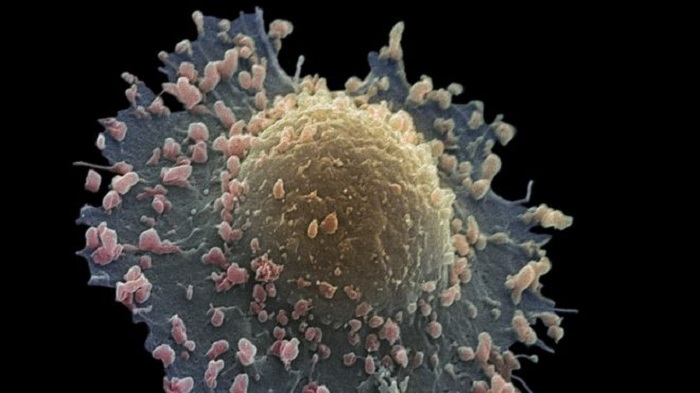Lung cancer cells spread like unanchored tents, study says

This allows the cells to travel to other areas of the body.
The researchers said their findings could help prevent the spread of lung cancer.
Writing in the Journal of Clinical Investigation, researchers from York and the University of Texas describe how the communications centre of a cell - known as the Golgi apparatus - receives a signal from proteins which prompts the movement of membrane sacks inside it.
This movement alters the shape and surface of the cancer cell, allowing it to break free from its moorings and move around freely.
Collapsing sides
Dr Daniel Ungar, from the University of York`s biology department, said it was apt to think of the cancer cell resembling a tent structure.
"It has fixed sides to hold its shape and is firmly anchored to the ground in order to secure its contents.
"In order to move the tent, we have to rearrange its contents and collapse its sides in order to lift it out of its anchored position and carry it away," he said.
He added that a similar process happens with cancer when it spreads - its outer edges are altered leaving it unanchored.
The study found that a protein called Zeb1 was critical to this process and the research team now want to look at how to target the protein without damaging healthy cells, in which the protein also exists.
The researchers only looked at lung cancer cells and do not know if the same process occurs in other cancers.















































